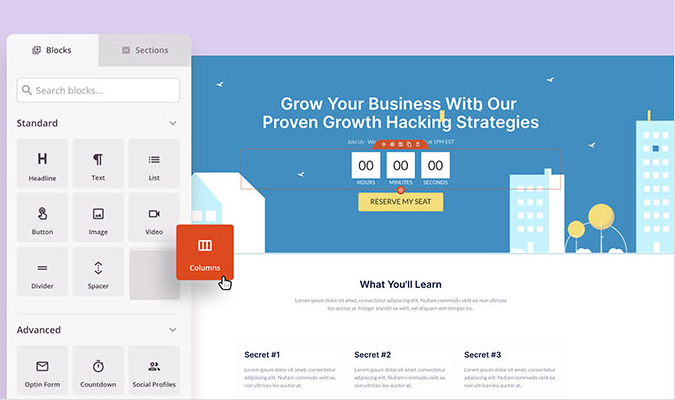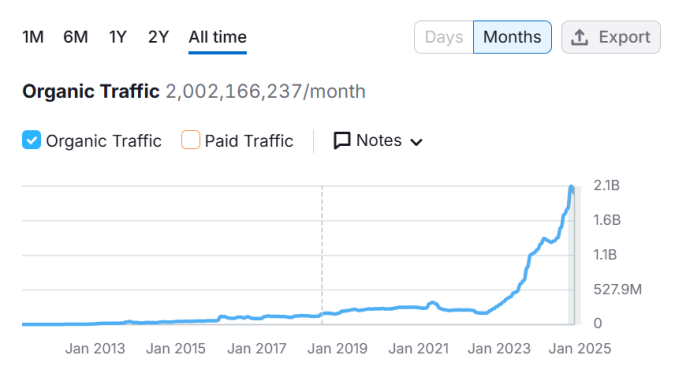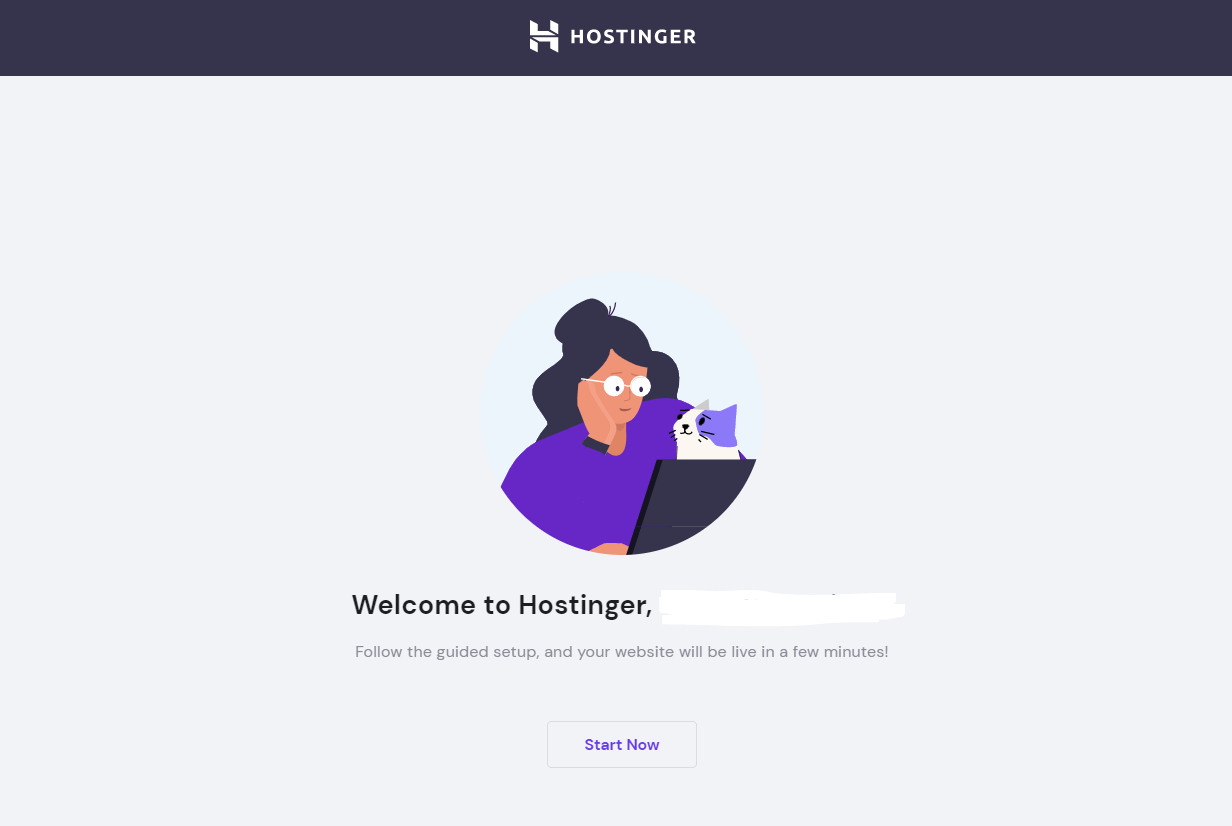The longer it takes for your ecommerce web pages to load, the lower your conversion rates.
The highest ecommerce conversion rates happen on pages with load times between 0-2 seconds. In fact, conversion rates drop by 4.42% and 2.11% on average with every extra second of load time between 0-5 seconds and 0-9 seconds, respectively.
In this guide, we’ll share some of the most effective tips and strategies to help you optimize website speed and drive traffic.
Why Ecommerce Website Load Time Is Important
Visitors prefer fast websites to slow websites. So loading time isn’t just a matter of preference, it’s also a critical factor affecting your online store’s survival.
Poor loading time reflects poorly on your ecommerce business. You may spend tons of money and effort to acquire new customers, but it’ll be in vain if your site takes too long to load. This is because they feel alienated the minute they visit your store, staring at their blank screen.
Unhappy customers will instantly bounce to competing websites—and even stick with them for the long haul. This will result in you losing potential sales and money you spend marketing your online store.
In addition, your website page load time also affects your search engine rankings. Google confirmed that site speed is a critical ranking factor for both desktop and mobile. So a slow website will drag your SERP ranking down, causing you to lose potential customers and sales every passing day.
Take Mobify, for instance. Working with online retailers, the company had lots of web performance data. Its 2016 report focused on the impact speed had on the homepages and checkouts, and found its customers saw 1.55% more conversions on an average for every 100ms of improved checkout load speed.
Another ecommerce platform, Furnspace optimized its images, which helped decrease the load times by nearly 65%. The end result? 2x increase in conversions.
Quick Tips to Improve Ecommerce Website Load Time
The good news is you can improve your conversions and speed up website performance by applying a few easy tips.
Let’s look at some of the most effective ones below.
Choose a Better Ecommerce Website Builder
All performance optimization tips you apply to your ecommerce website will have little impact if you don’t have a good ecommerce website builder.
Generally, you want a solution that:
- Provides a stable and up-to-date platform to host your online store
- Is optimized for popular e-commerce logins you may want to use
- Have a speed- and performance-optimized servers that improve performance through built-in caching and top-level security
While there are ecommerce website builders you can consider, Wix is our top choice. It has a host of desirable features (drag-and-drop site builder, professional and optimized templates, reliable server infrastructure) and ensures no downtime to offer your customers an exceptional shopping experience.
While Wix is an excellent option, it isn’t the only website builder you can try. We’ve listed the best ecommerce website builders in the market that you can find here.
Optimize Website Code and Images
One of the best ways to improve page speed is to compress your code and website images. To start, remove any unnecessary spaces and commas from your code.
The following are a few Google-recommended tools to optimize code:
- HTMLMinifier to minify HTML
- CSSNano and csso to minify CSS
- UglifyJS to minify JavaScript
In addition, you can use Object Oriented Programming to reduce code quantity, which will again massively impact page speed.
Next, optimize your website images. This involves finding the lowest file size of images with the most acceptable quality. As images generally make up 75% of a total web page’s weight, you can imagine how easily they can reduce page speed if left unoptimized.
The following are the best ways to optimize images for the web without losing quality:
- Optimize each image on your ecommerce website before uploading it. Use image editing software like Gimp or Adobe Photoshop to adjust the quality of the image.
- Use image compression plugins that automatically optimize your website and product images for better site performance.
Besides the above methods, choosing the right image file type can also help. For instance, PNG images are better for transparent images, whereas JPEG images are better for colorful images.
Use a CDN
A CDN, also known as a content delivery network, is a geographically distributed network of servers that work together to deliver your content faster. This way, you don’t have to rely on a single server to deliver your content to your global users.
The benefit of a CDN is that they help improve speed by distributing bandwidth across multiple servers instead of forcing all web traffic on a single server. While you can choose a single CDN, we recommend using a combination of tools to massively improve your website load time.
Remove Performance-Killing WordPress Plugins
Website logins are an excellent innovation. They boost performance, automate otherwise manual and complicated development tasks, and are often free of cost—but they’re just the good ones.
There are also performance-killing plugins that are badly coded, outdated, and conflict with other website elements, putting a lot of strain on side load times. Similarly, large plugins often send multiple file requests to retrieve their own JavaScript or stylesheets.
If you pinpoint site loading problems to plugins, simply disable/remove them and retest them again. You can also use troubleshooting plugins that will scan your installed plugins and highlight any areas of low performance.
Interestingly, many of the problems that plugins solve can be rectified by making simple changes to the code in web files. Avoid installing different plugins for different issues, and do your site speed justice.
Utilize Caching
Caching helps store customer data and product catalogs, among other things.
When any shopper requests the information again, it can be given directly through cache content. This avoids constantly accessing the database, helping improve load time. What’s more, you can automate the entire caching process by installing reliable caching plugins.
Long-Term Strategies for Ecommerce Website Load Time
In this section, we’ll take a detailed look at the other measures you can take to boost loading time.
Check and Improve your Web Hosting Provider’s Speed
Use Bitcatcha to test and compare your website hosting service’s speed with your competition.
If you find your hosting provider is slow, your best option is to change to a new provider. For online stores, switching to a dedicated or managed hosting provider with renowned ecommerce experience makes the most sense.
Here are the key differences between different hosting plans in terms of speed:
- Shared Hosting — Here, your website is stored on a server along with several other websites. While this makes the pricing inexpensive, it’s also slow because all server resources (RAM, CPU) are shared with other users. Naturally, this affects site speed, leading to negative consequences for larger online stores that need greater processing power.
- VPS Hosting — Standing for Virtual Private Server, VPS hosting is similar to shared hosting. The only difference is that multiple ecommerce websites hosted on a single server are supported by a virtual barrier that makes all server resources ring-fenced. This way, no other server user can use your resources and leave you high and dry, plus you also get more freedom over the admin of the server.
- Dedicated Hosting — Here, you can rent the whole server to run your site, plus get full admin and root control. This includes picking the operating system and security settings to optimize technical server site speed. Keeping this in mind, having a dedicated plan is ideal for large websites and businesses with dedicated IT teams.
Don’t slack when it comes to choosing your web hosting provider. It’s one area you don’t have under your control, so it’s better to avoid blindly prioritizing cost over performance if you don’t want lower returns over the long term.
Leverage Staging Sites to Track Performance Issues
When you make changes to a live ecommerce store, it can cause problems. For instance, your shopper may lose their order or your site may go down during an advertised event.
Luckily, you can use a staging site to experiment. Apply performance optimization tips, install new plugins or themes, or make any other changes you want without worrying about how they affect your live store.
What is a staging website? It’s essentially a clone of your live website that allows you to test changes before making them live. Many WordPress hosting companies offer a one-click staging site setup. Use the feature to try changes and track page load speed and performance.
Reduce External HTTP Requests and Database Requests
We’ll first discuss HTTP requests and then database requests.
Any standard ecommerce page has several elements—images, videos, CSS and JavaScript files, and the likes. Users generally have to load these components separately by making an HTTP request to your server.
The higher the number of HTTP requests, the longer your page loading times.
Your server may also be searching these components from third-party tools and services like social media retargeting tools or Google analytics. These are known as external HTTP requests, which take even longer to complete on a typical web page load.
Here’s the thing—you can use the scripts on your WordPress website as long as they don’t affect your website performance. If they do, consider reducing them.
To view external HTTP requests, visit your website and open the Inspect tool in your browser. Then switch to the Sources > Page tab to see all external HTTP requests.
Popular CMS like WordPress and WooCommerce use databases to store content and other settings. Even your WordPress themes and plugins make database queries to fetch and display that information.
The thing about database queries is they are super fast, with your website running hundreds of them in just milliseconds. Unfortunately, too many of these queries, especially when you’re handling a traffic spike, will slow down your website.
While you can use plugins to check the database calls, minimizing database requests isn’t exactly beginner-friendly. For instance, you may have to modify your WordPress theme to reduce database calls.
This won’t be a problem if you’re comfortable editing your WordPress theme files or debugging code. Alternatively, you can try getting a better WordPress theme and alternate plugins to reduce database calls.
Next Steps
Improving ecommerce website load time involves time and resource investment, but it’s a critical task.
After improving your website performance, work on optimizing your whole store for conversions. Start by choosing the right web host, followed by picking the necessary and functional plugins and themes. Always pay special attention to different elements that affect loading speed, especially if you want to survive in the long run.






